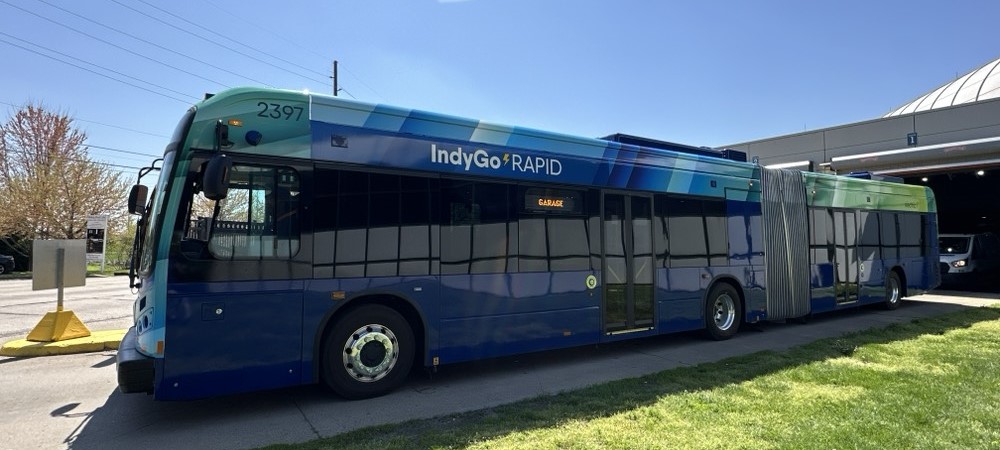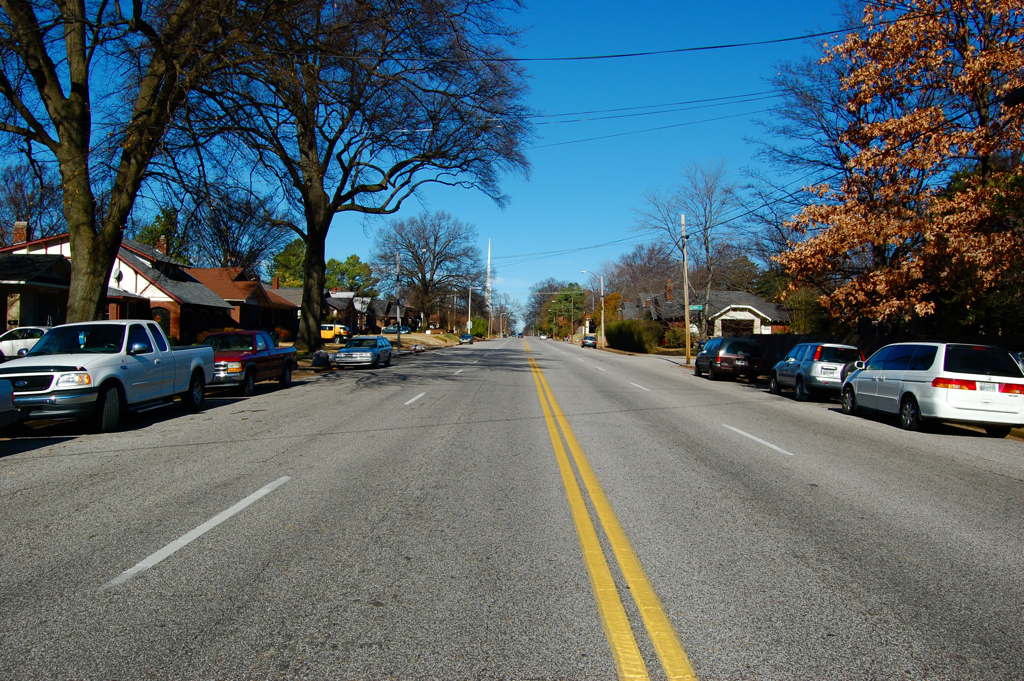Transportation reformers and status quo-lovers alike smacked their foreheads in frustration when the White House's first stimulus plan lowballed infrastructure to make room for tax breaks that had little demonstrable effect on job creation -- particularly the $70 billion adjustment of the alternative minimum tax (AMT).
 HOT lanes on Virginia's I-495 are one of seven projects approved by U.S. DOT for private activity bonds. (Photo: WaPo)
HOT lanes on Virginia's I-495 are one of seven projects approved by U.S. DOT for private activity bonds. (Photo: WaPo)But the stimulus law included one AMT tweak that ultimately could prove a big boon for transportation. As the American Association of Port Authorities observed yesterday in a letter to Congress on economic recovery strategies, the stimulus helped transportation planners by eliminating the AMT for two years on private activity bonds issued by state and local governments.
So what in the world are private activity bonds? Simply put, they are a still-developing tool to encourage public-private partnerships (PPPs) for infrastructure by allowing private companies to benefit from tax exemptions similar to those enjoyed by municipal bonds (generally issued by public entities for public projects).
As the AAPA wrote in its letter to Capitol Hill:
The AMT reduces the attractiveness to investors of bond issues necessary for infrastructure development projects. As a consequence, public port authorities must discount the bonds; thereby reducing the overall funding available for investment in infrastructure and the attendant jobs and income creation which would have been created. AAPA strongly supports the permanent elimination of the AMT for private activity bonds.
Of course, the virtuousness of private activity bonds -- much like that of PPPs overall -- depend on the type of project that benefits from the debt issuance. And unfortunately, the bonds have yet to be approved for use on transit.
As of December 2008, the U.S. DOT has okayed private activity bonds for seven projects, totaling $4.9 billion of the $15 billion cap set in 2005. Only one of the seven has actually progressed to issuing bonds: suburban Virginia's plan to add high-occupancy toll (HOT) lanes to I-495, a.k.a. the Capital Beltway.
Given that the Beltway HOT lanes project is looking more and more like an old-fashioned giveaway to corporate interests, the prospect of more private activity bonds may set transportation reformers' teeth on edge. But with a nationwide high-speed rail on the horizon, the more funding available for rail improvements, the better.
And in a world where Wall Street lobbyists have long angled for an exemption from the corporate version of the AMT, it's to be expected that infrastructure planners should reach for funding help, wherever they can get it.





